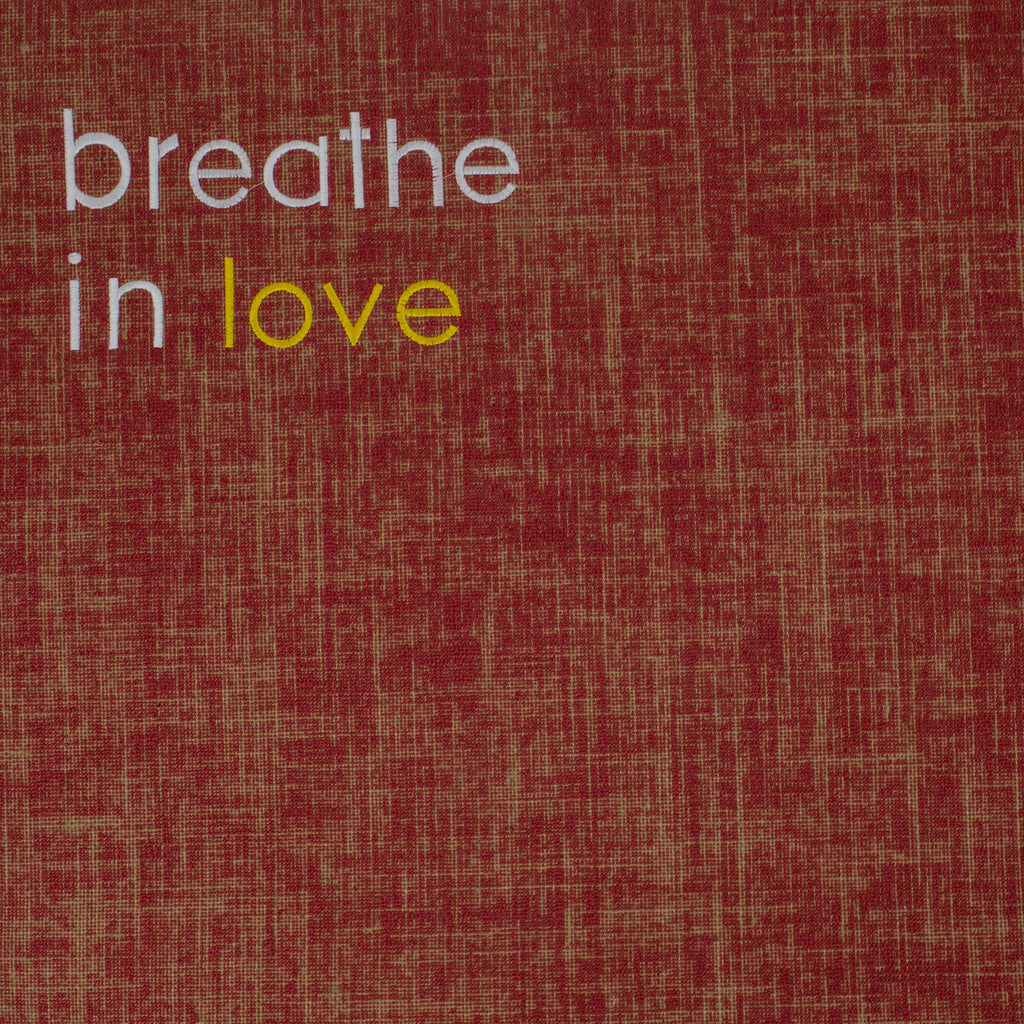Affirmatslifestyle
Affirmats Reasons Why You Should Practice Right Nostril Breathing

Conscious breathing exercises, or pranayama, are a big part of yoga. Particularly with those who are experiencing stress or anxiety. In Western contexts, diaphragmatic breathing is the most commonly known breathing technique but new scientific research is beginning to shed light on other pranayama techniques and their benefits.
Breathing consciously is a powerful act. The process of breathing sits directly at the interface of our voluntary nervous system (aspects of our physiology under our conscious control) and our autonomic nervous system (aspects generally not under conscious control). It’s a direct path for us to communicate quickly to the brain via what we do with our body. It also offers a direct link for balancing the sympathetic (fight-or-flight) and parasympathetic (rest-and-relax) branches of the nervous system.
Nadi shodhana, or alternate nostril breathing, has a long history in Ayurvedic medicine and yoga, where it’s thought to harmonize the two hemispheres of the brain, resulting in a balanced in physical, mental and emotional well-being. While science has yet to really explore what might be going on in terms of hemispheric functioning during this practice, recent studies have confirmed some pretty powerful effects of this practice.
So here are three good reasons for practicing this pranayama:

1. It activates the parasympathetic nervous system and reduces blood pressure.
2. It enhances respiratory functions: increases respiratory strength and endurance.
3. It improves attention and fine-motor coordination/performance.
So … nadi shodhana is good for our hearts; good for our lungs; and good for our heads.
Ready yet? Here’s how:
Nadi Shodhana Practice
Rest your left hand on your lap or knee.
Make a "peace sign" with your right hand. Fold the two extended fingers toward the palm or rest them lightly on the bridge of your nose. Place your thumb gently onto your right nostril. Place your ring and little fingers gently onto your left nostril.
Close your eyes and begin by softly closing your right nostril (using your right thumb) and inhale slowly, deeply, smoothly, gently and without strain through your left nostril.
Close your left nostril (using your ring and little fingers) and release closure of your right. Exhale through your right nostril. Inhale through your right nostril.


